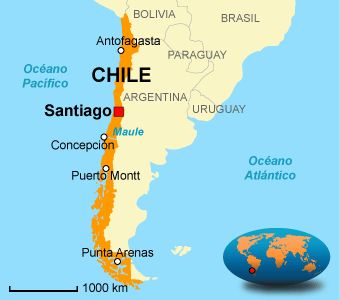
Our port today was Punta Arenas, which is the capital of the Magellanes region of Chile. It has largely gained this status due to it’s rich natural resources. Literally, the most southern city in the entire world, Punta Arenas owes it’s prosperity to a long history of shipping, gold, sheep and cute little penguins apparently (but we didn’t see those today).
The Thuelche peoples occupied the area for over 14,500 years in this remote archipelago, and they remained here completely isolated until the famous Portuguese navigator, Ferdinand Magellan sailed through the straits (now named for him), in 1520. Oddly, no European country settled the area until some 300 years later, when the Chilean government installed a penal colony here in 1848 (more on that tomorrow).
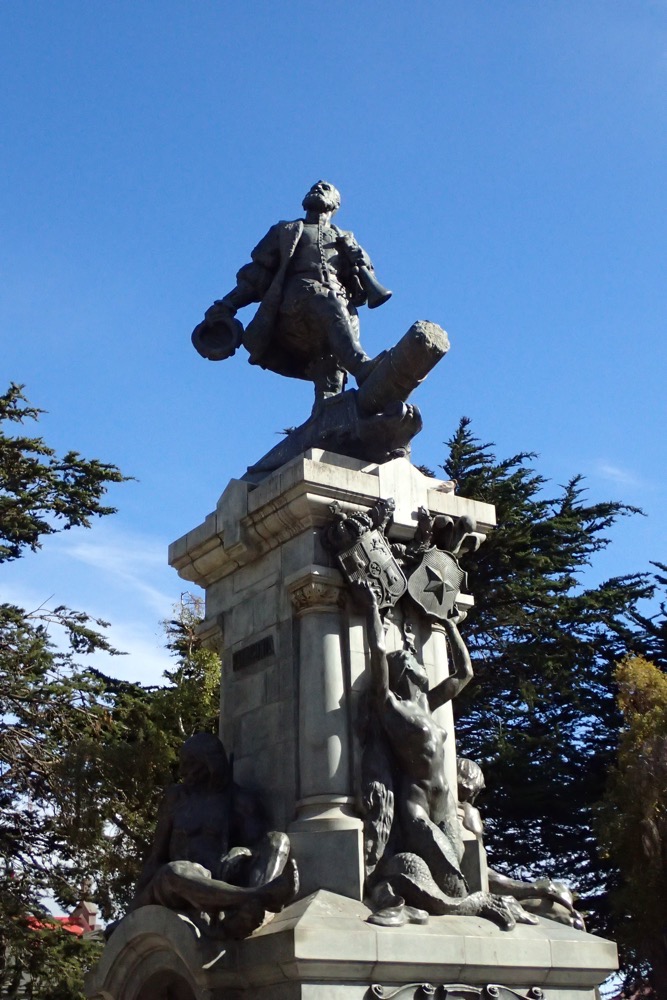

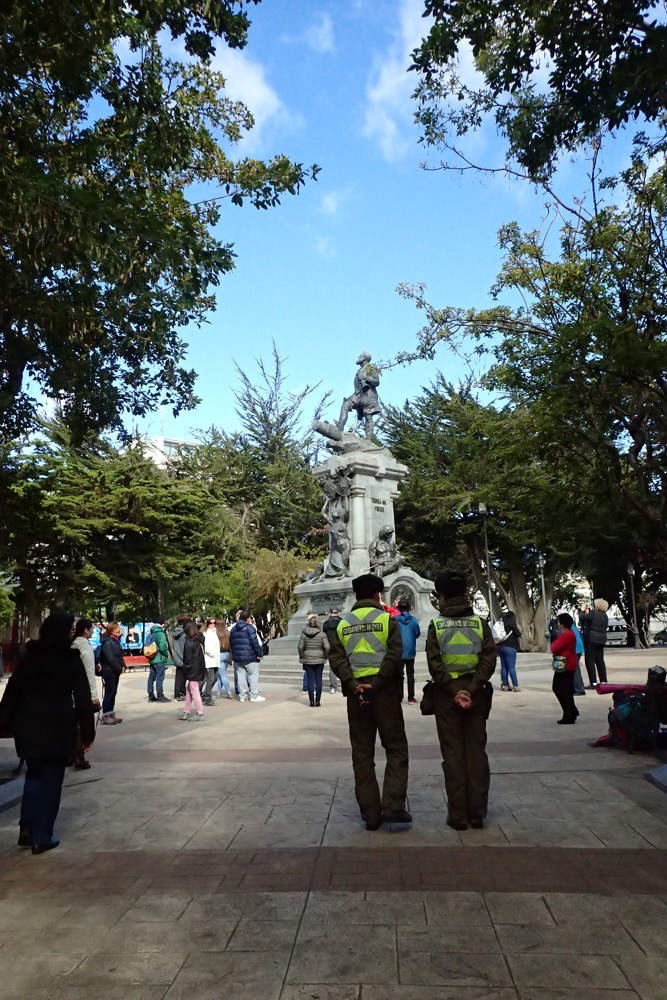
Not long after this, huge clippers heading to the California gold fields started sailing through the Magellan Straits, and Europeans started to settle here in the early 20thC to make their fortune in sheep ranching – establishing estancias on the low windswept plains.
Punta Arenas is a thriving, established city, rich in culture and attractions – which was the last thing I was expecting given it’s lonely remote location. Everywhere here, you can see the evidence of historical wealth; from the beautiful tree lined Plaza Munoz Gamero with it’s impressive statue of Magellan, to the beautiful European influenced architecture. There are grand mansions surrounding the centre of town and the city has way more than its fair share of museums for such a small population.
Our first stop, after the Plaza, was the Punta Arenas Cathedral. While not in anyway able to rival the enormous and elaborate cathedrals of Europe, this cathedral had plenty of charm. The quaint wooden confessionals, the gorgeous tile floor, the beautiful mosaic placed high above the altar and the cute bell tower all made it a beautiful place to spend a few moments. You could see that the ceiling was once probably covered in frescoes, which have now been painted or covered over… it would have been a simply stunning little cathedral with its ceilings brightly painted.
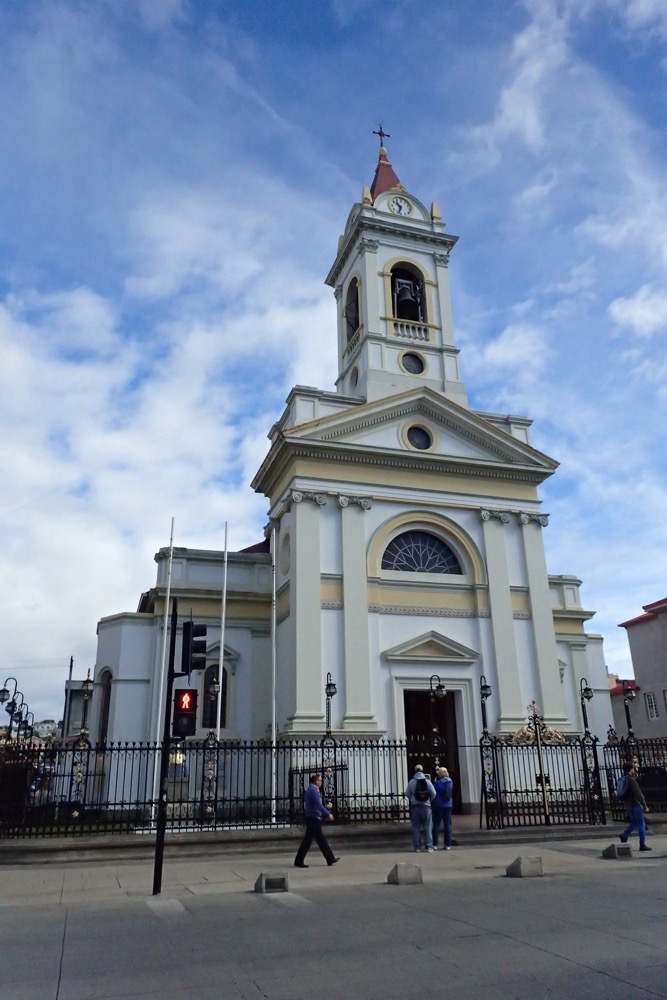
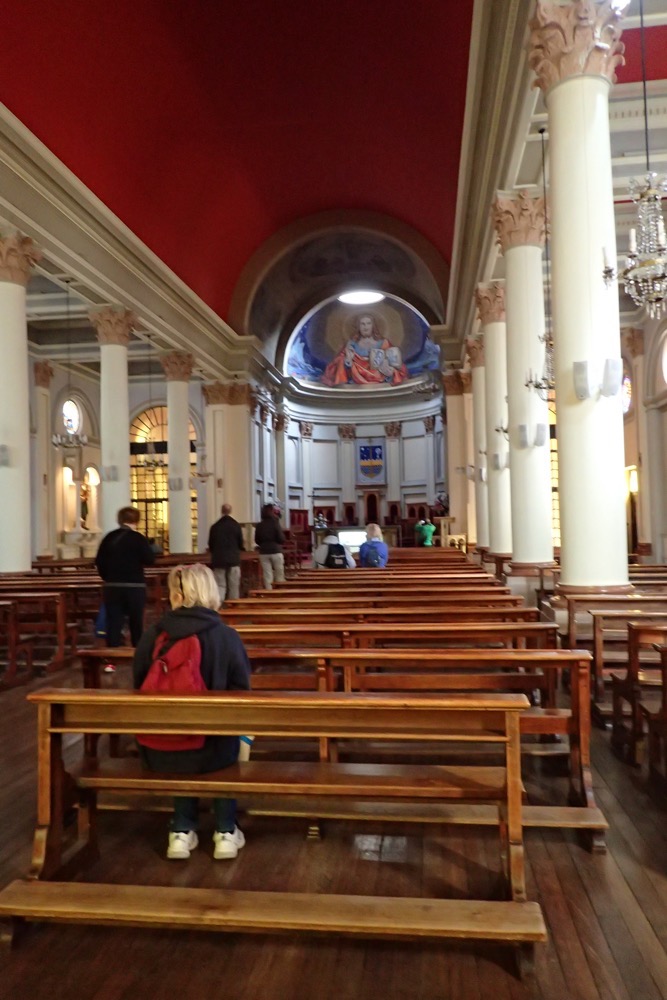
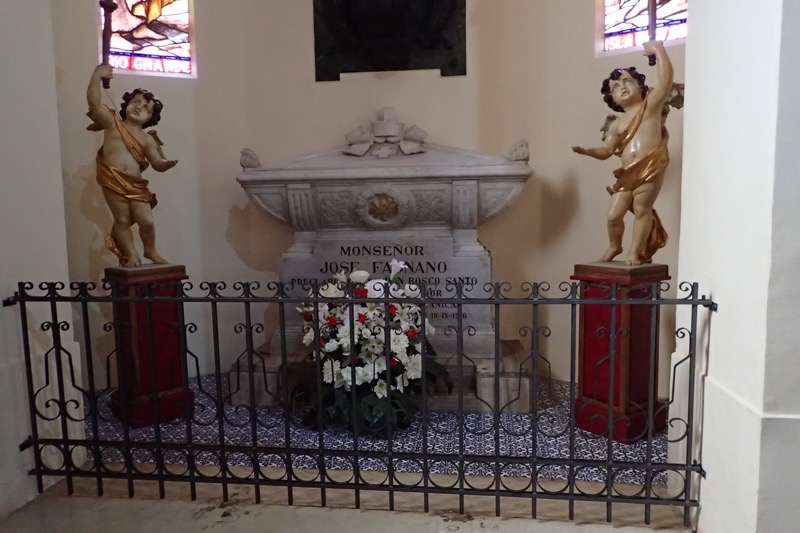
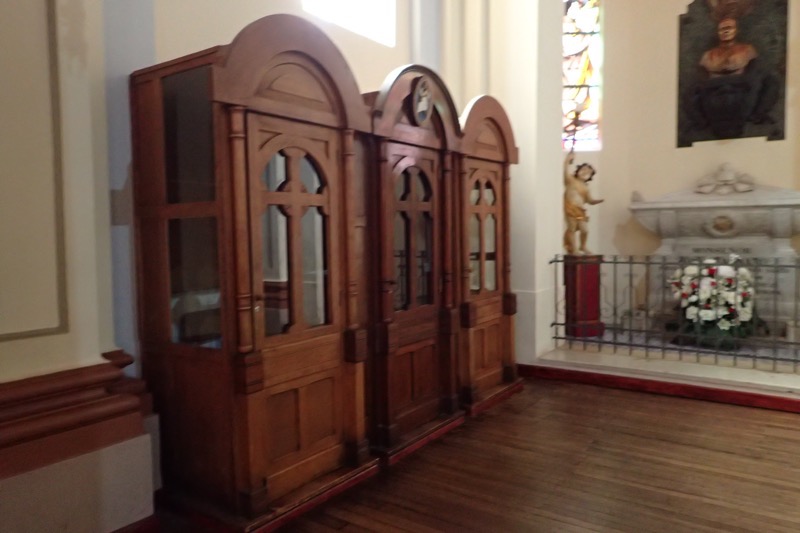
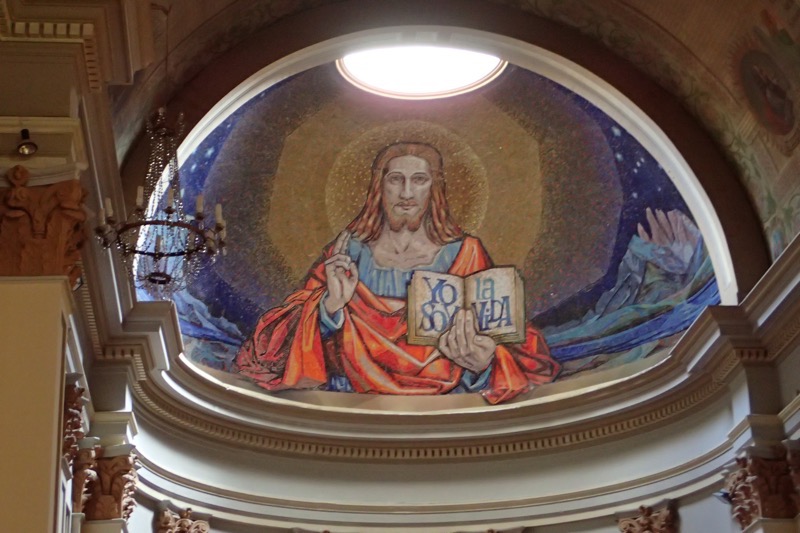
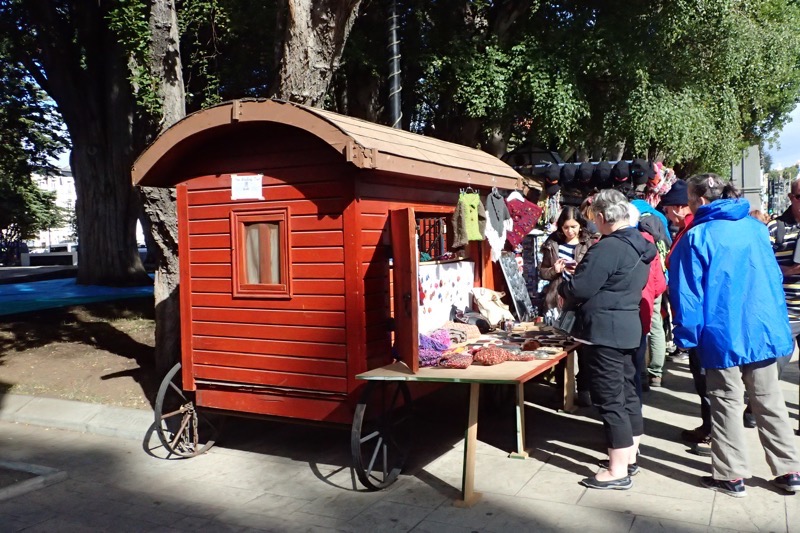
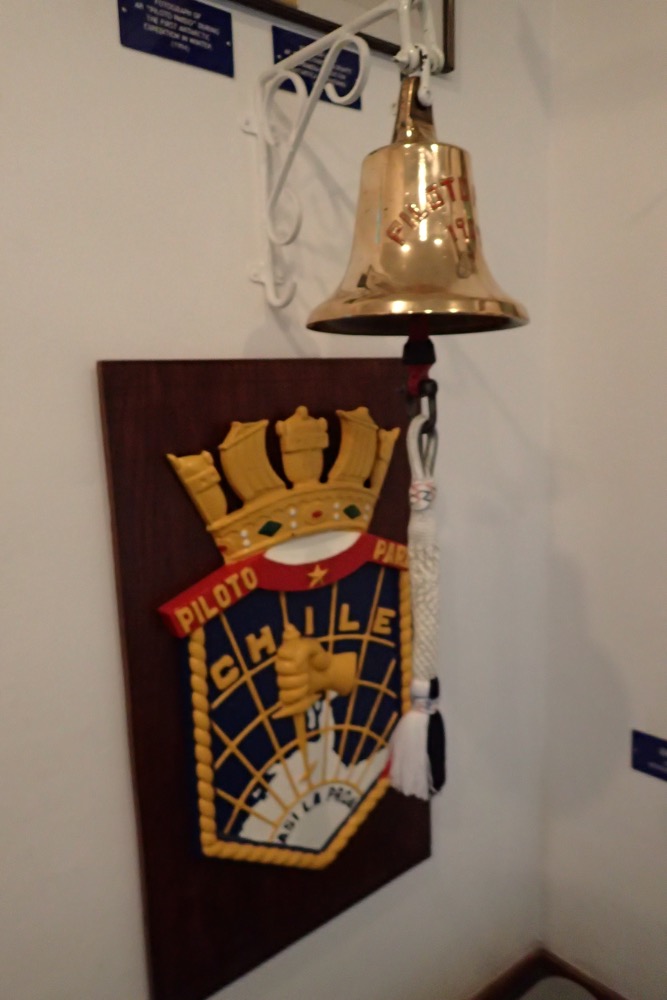
After this we decided to make our way to the Naval and Maritime Museum – we are in deep in the Straits of Magellan after all! The museum was founded in 1994 by the Chilean Navy and it encompasses a wealth of information about Chilean maritime history and Antarctic exploration. There are over 1700 objects on display relating to the shipping history, the Antarctic expeditions of Earnest Shackleton and information on the HUGE number of shipwrecks this area has seen.
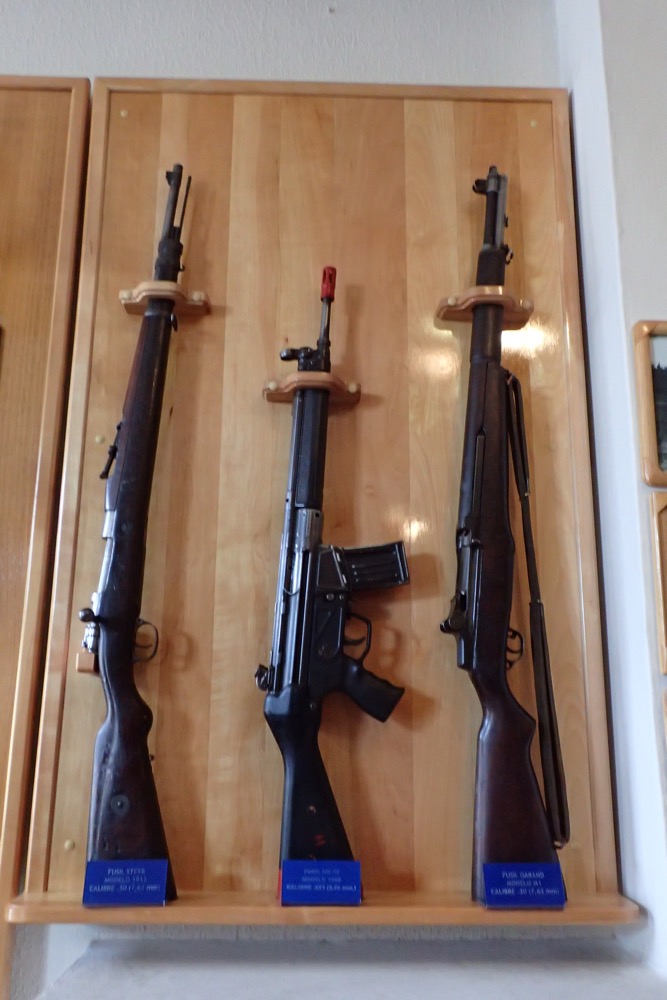
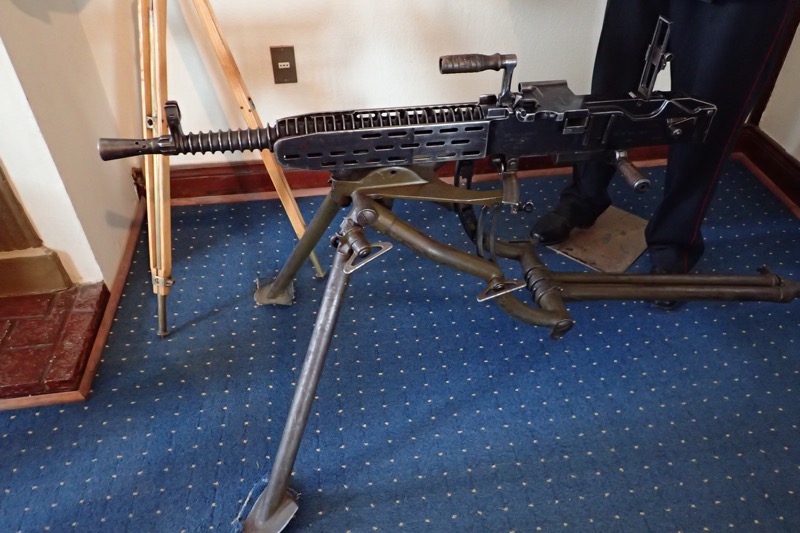
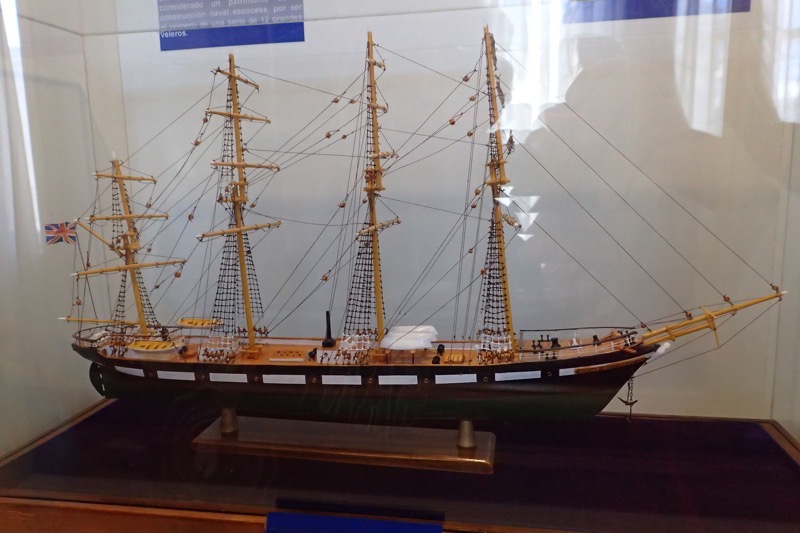
Clipper – “County of Peebles”, built in Scotland
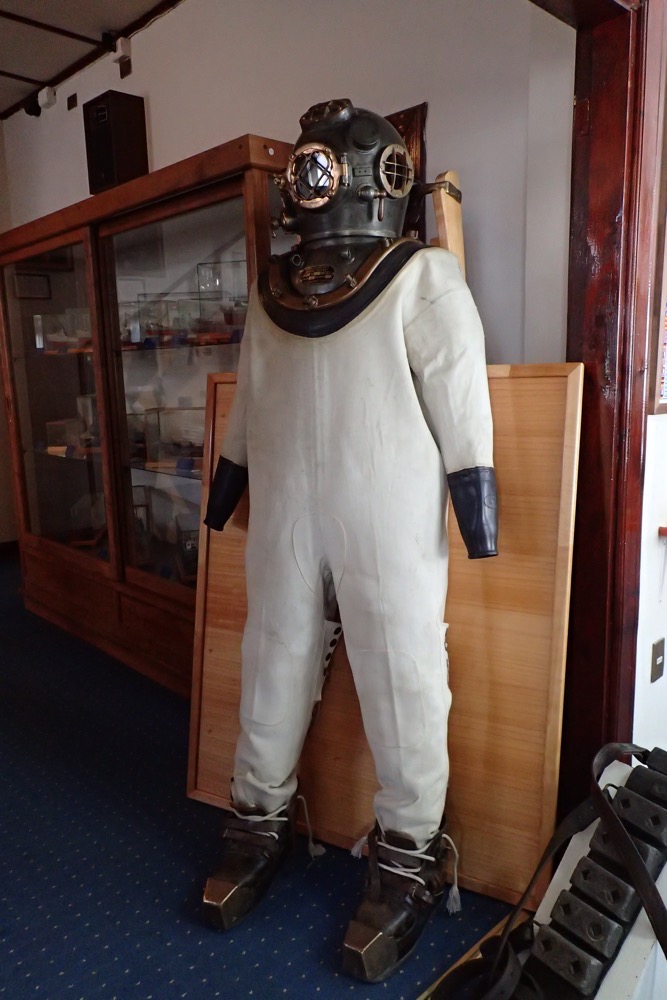
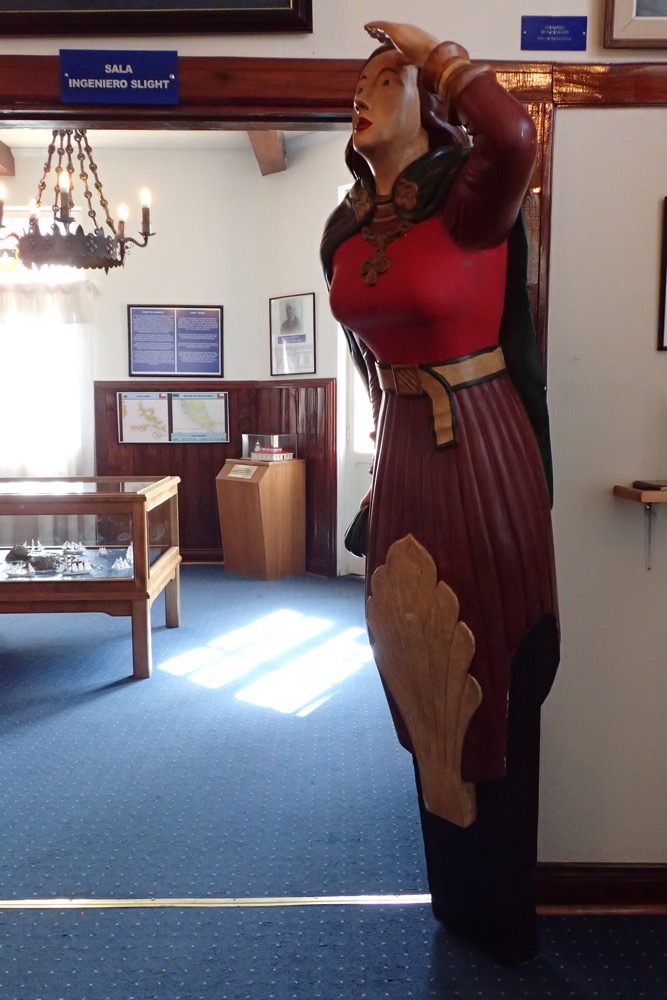
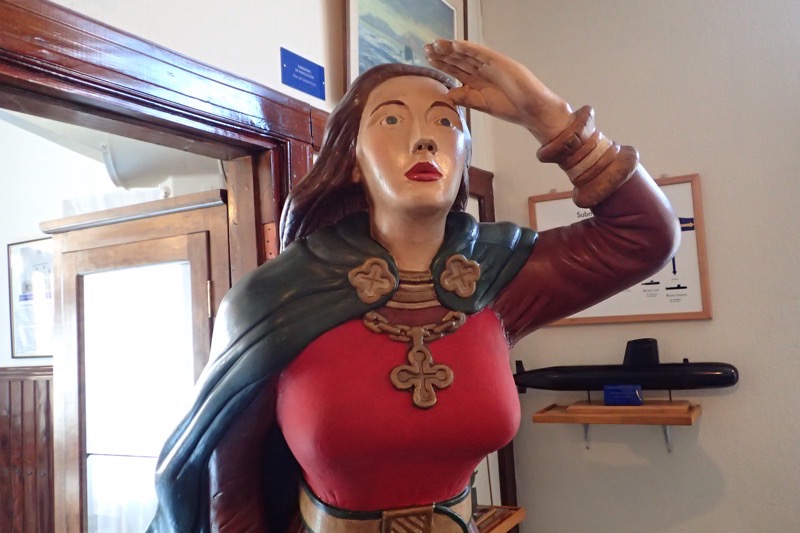
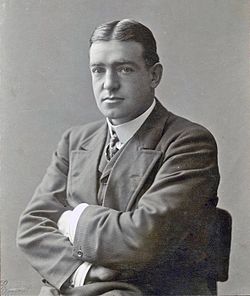 Sir Ernest Henry Shackleton (1874-1922) was a famous British polar explorer who led three expeditions to the Antarctic and is one of the principal figures associated with early Antarctic exploration.
Sir Ernest Henry Shackleton (1874-1922) was a famous British polar explorer who led three expeditions to the Antarctic and is one of the principal figures associated with early Antarctic exploration.
I can’t imagine the intestinal fortitude it would take to strike off on an adventure cross Antartica with nothing but a map and a compass, or attempting to circumnavigate the continent in that day and age with what is now considered very primitive equipment and resources:
“We the fools who could not rest in the dull earth have left behind but burn with passion for the soul and drank strange frenzy from its wind.
The World where wise men sit at ease fades from our unregretful eyes and thus across uncharted seas we stagger on our enterprise.”
~ Ernest Shackleton, July 1916
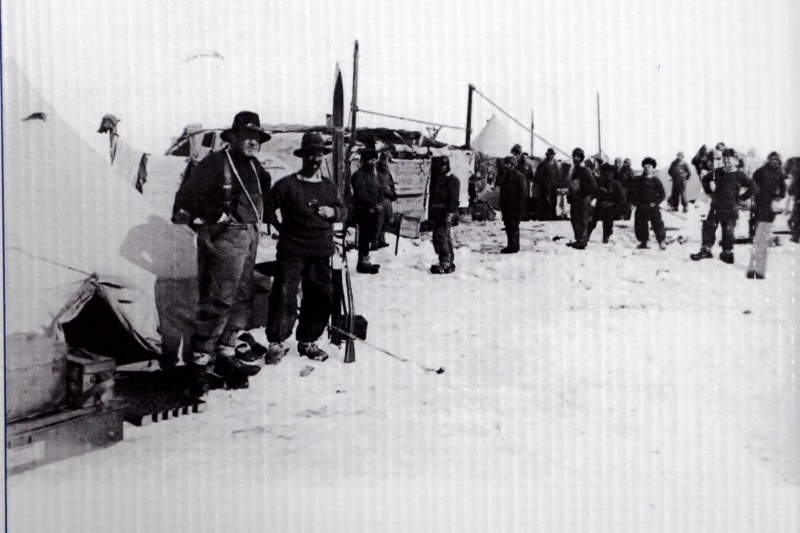
We also saw here some amazing maps which depicted how many ships have been lost 1) around Cape Horn (75 ships!) and 2) throughout the Straits (too many to count!). I looked at all these icons and the names of all these ships, and on a handout provided by the museum, the dates of all these lost ships are provided – all I could think about was how horrified and frightened all the sailors on all those ships must have been, as they realised their ships were lost in these dangerous waters, half a world away from their families and their homes, and with no possibility of rescue. It’s unthinkable. This pic is just the section of the map around Cape Horn, the rest was several times this many ships throughout the Straits.
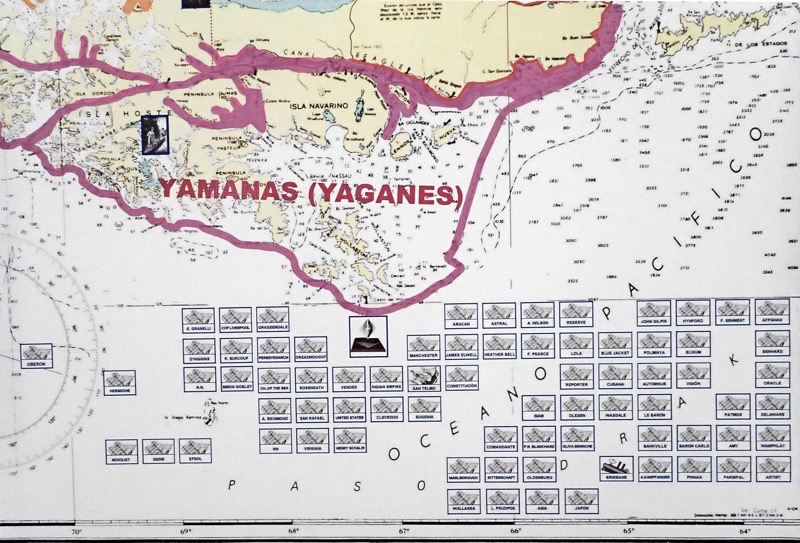
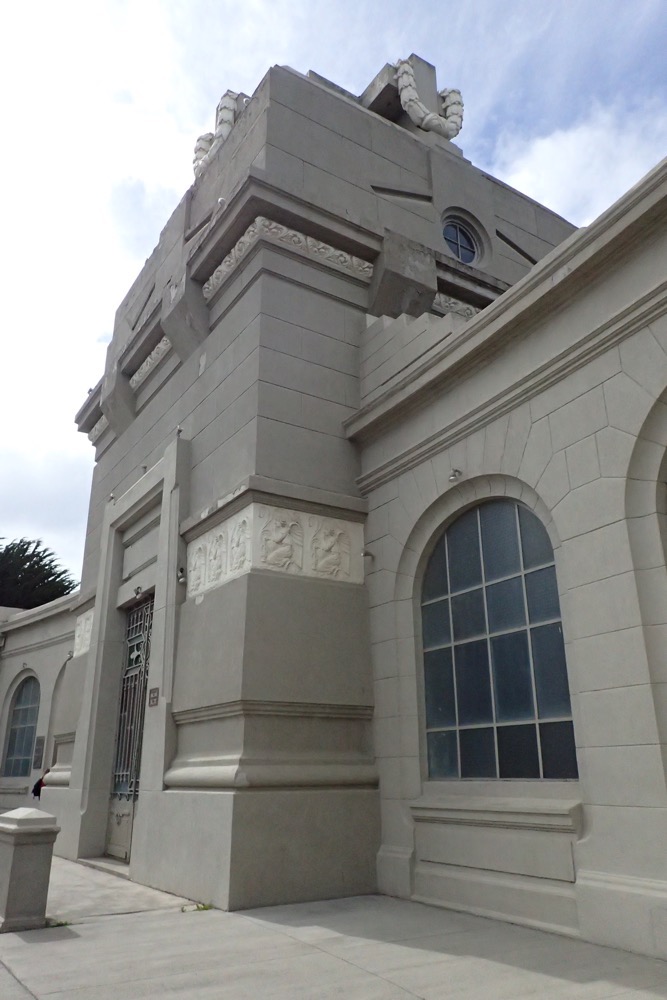
We then decided to stop for a bite for lunch and then head off to somewhere slightly more cheerful?!, in the form of the city’s famous cemetery. The Punta Arenas cemetery is weirdly listed as the Number One tourist attraction on Trip Advisor – so, of course we had to go and find out why. It is an enormous walled cemetery about nine blocks from the centre of town… and inside are the most enormous and elaborate family mausoleums I have ever seen! We walked solemnly through the cemetery trying to read the headstones (my Spanish is about as good as my Latin, which is to say – it needs serious work!), admiring the dedication that has gone into looking after the memories of these lost souls, and marvelling at the sheer grandeur of some of the largest family tombs. It was a really serene cemetery with beautifully manicured topiary trees, and well kept paths. It was easy to see why so many people would visit this unique place, it was an unusually vivid historical record of the region’s evident prosperity over the last 150 years. I find cemeteries are not usually my preference in tourist hotspots, but it is always very interesting to see how different cultures honour their passed loved ones.
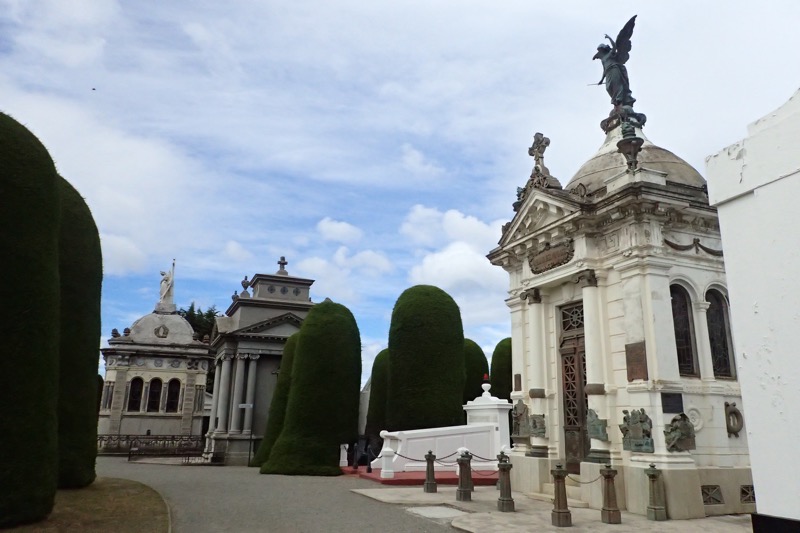
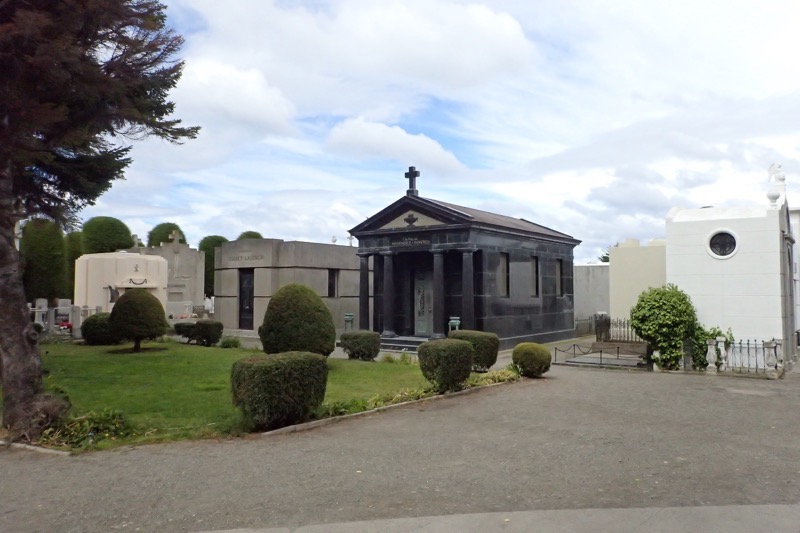
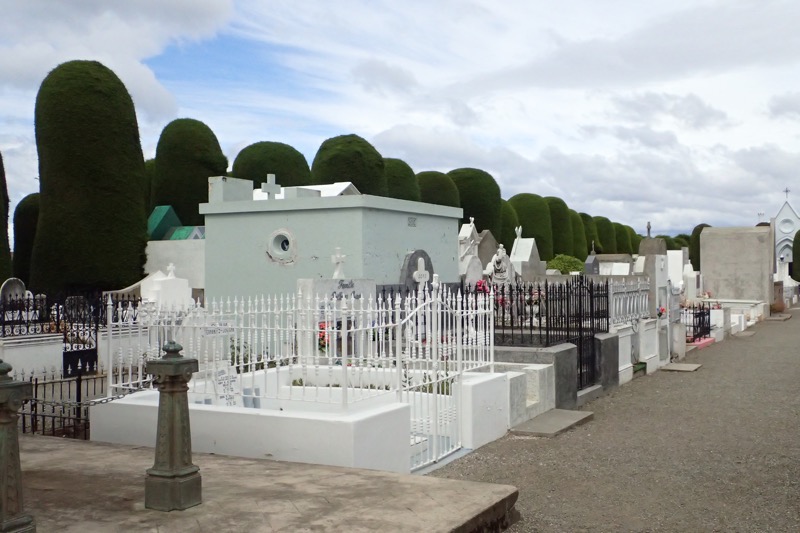
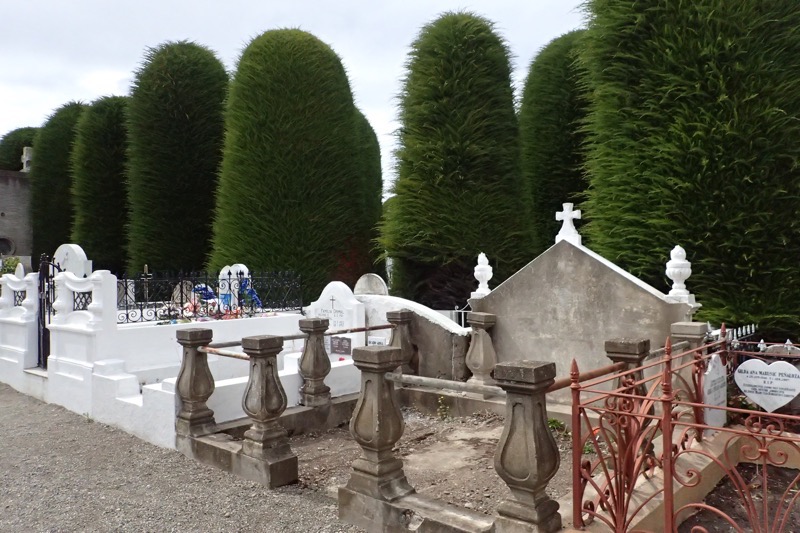
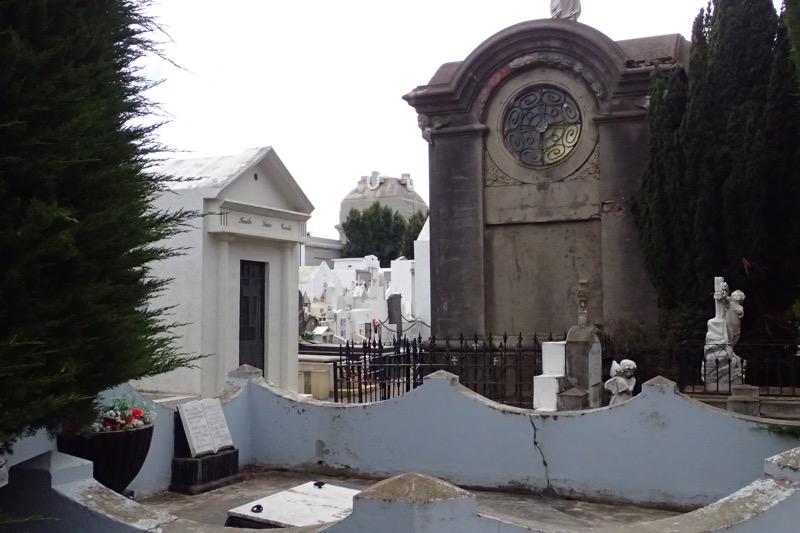
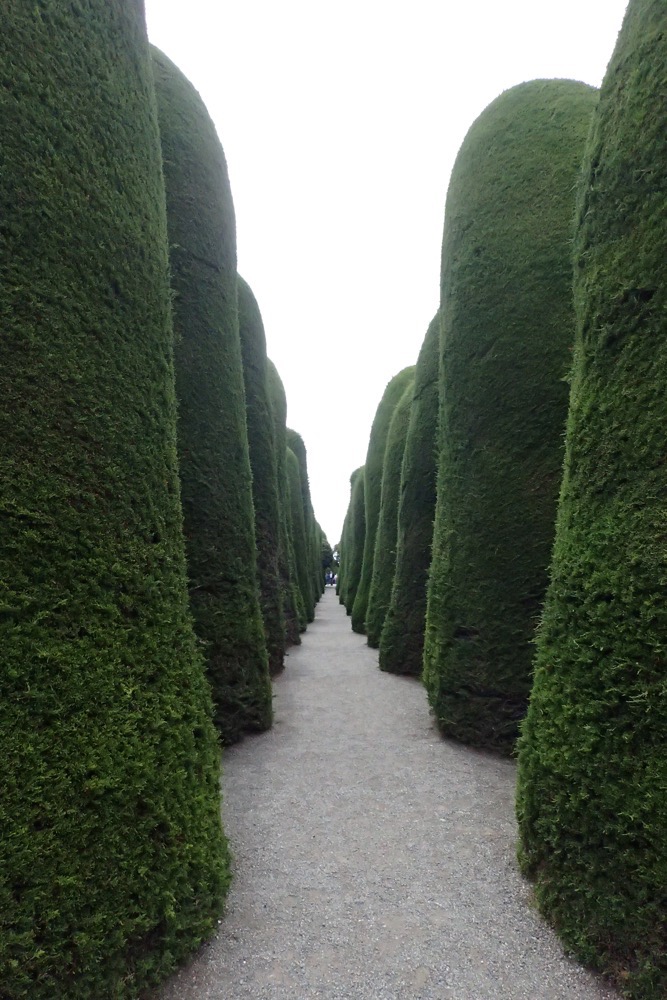
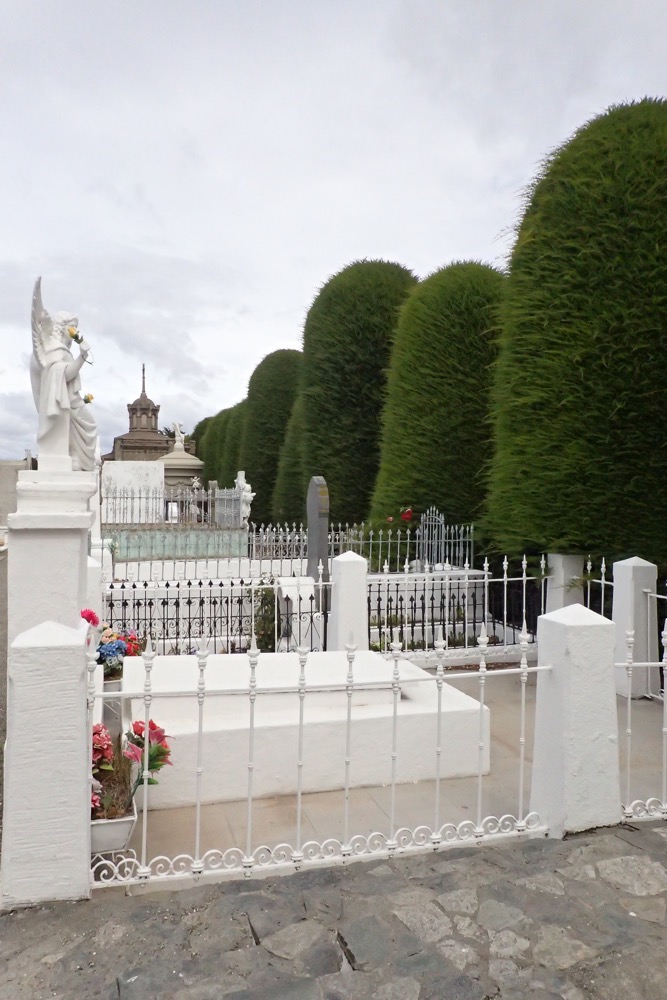
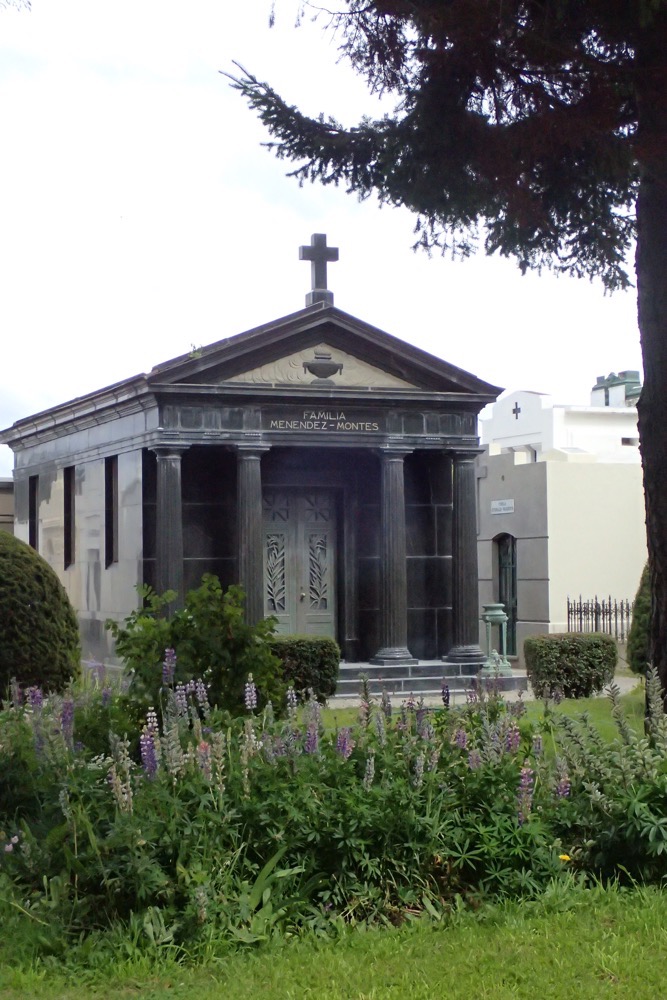
The Santuario Maria Auxiliardora, which unfortunately was closed for siesta while we were there. :/ 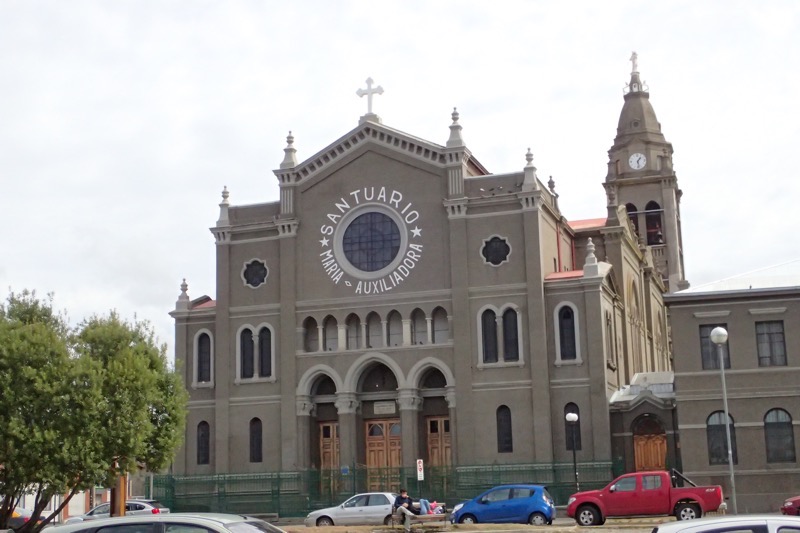
On the way back from the Cemetery, we decided to stop in at the Magellanes Regional Museum. Built in the historic Braun-Menendez Palace that was created in 1903 by world famous French Architect Antoine Beaulier, this museum was appointed a National Monument in 1974. The descendants of the original owners donated the mansion to the Chilean State in 1983, in what is effectively a state frozen in time – it is largely in immaculate condition and has many of the original furnishings and objects. The rooms were amazing, the study, billiard room, bedroom, dining room, salons are all so impressive… from the ornate wallpapers and parquetry floors, chinoiserie vases, incredible window treatments, painted ceilings, and beautiful French influenced antique furniture.
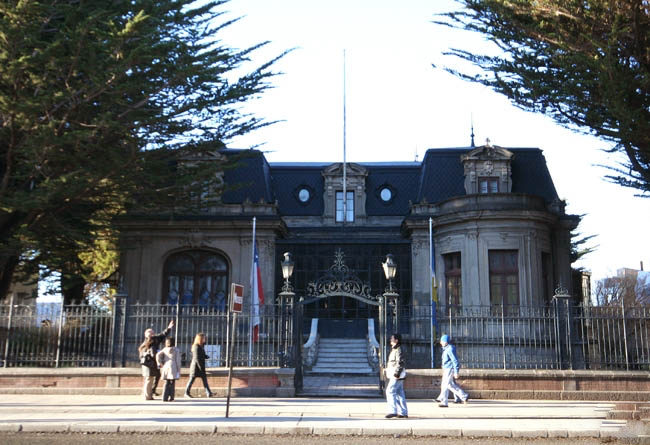
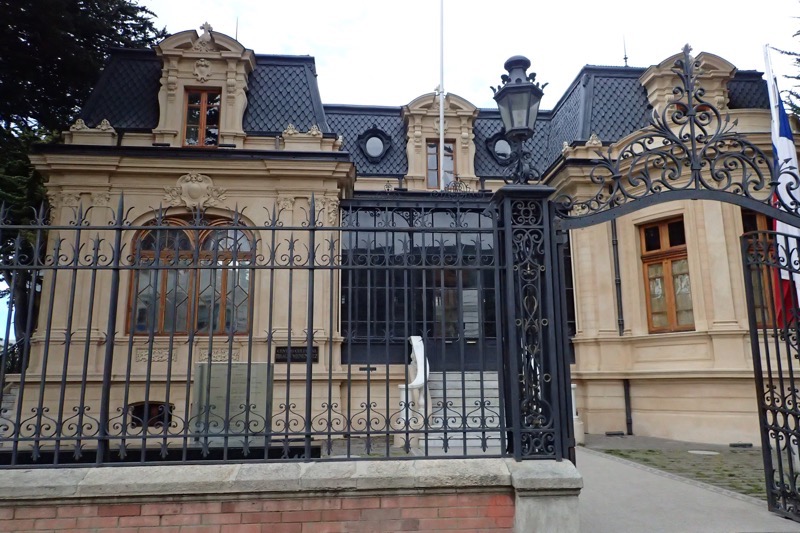
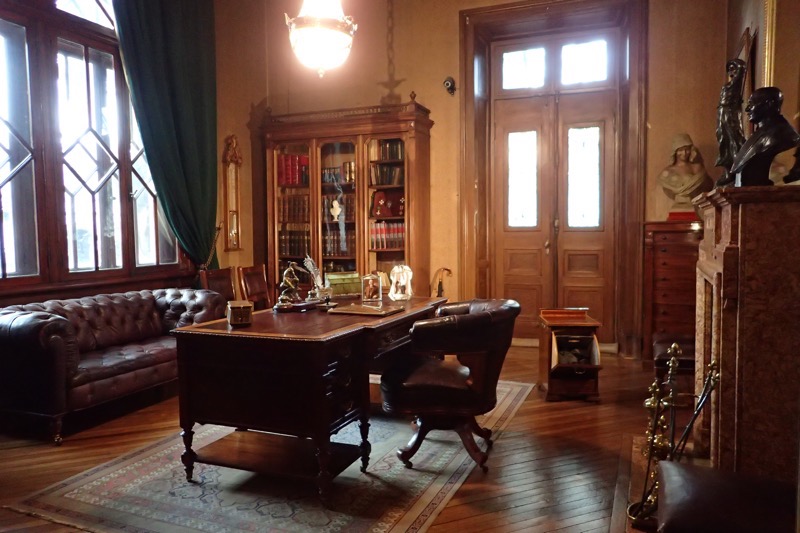
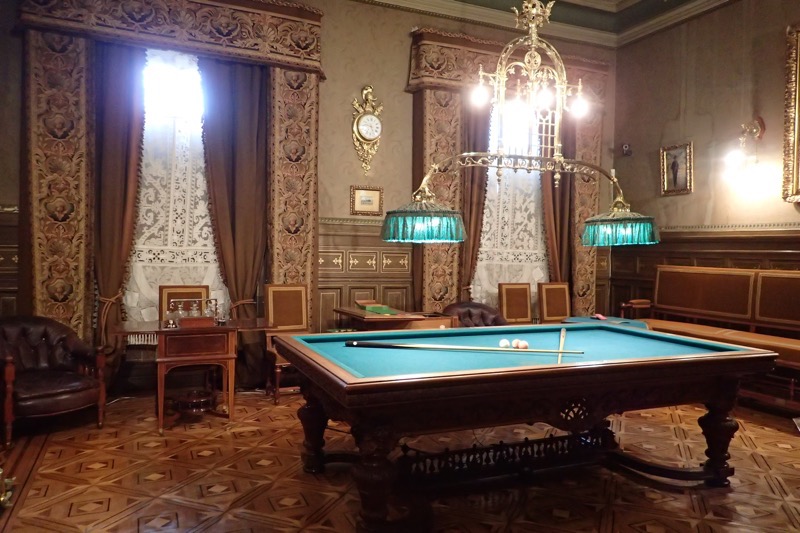
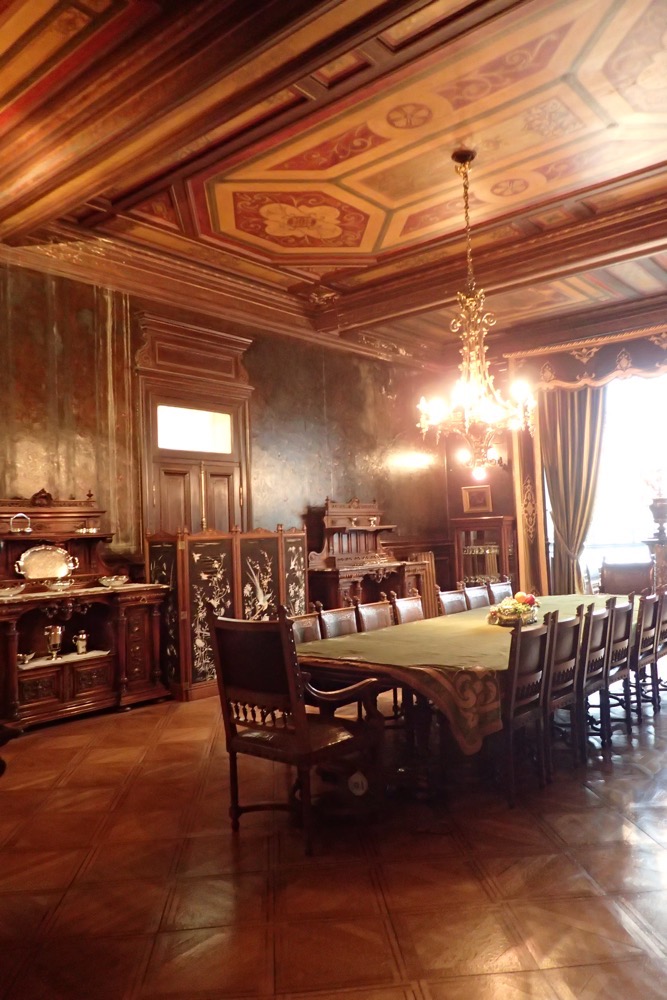
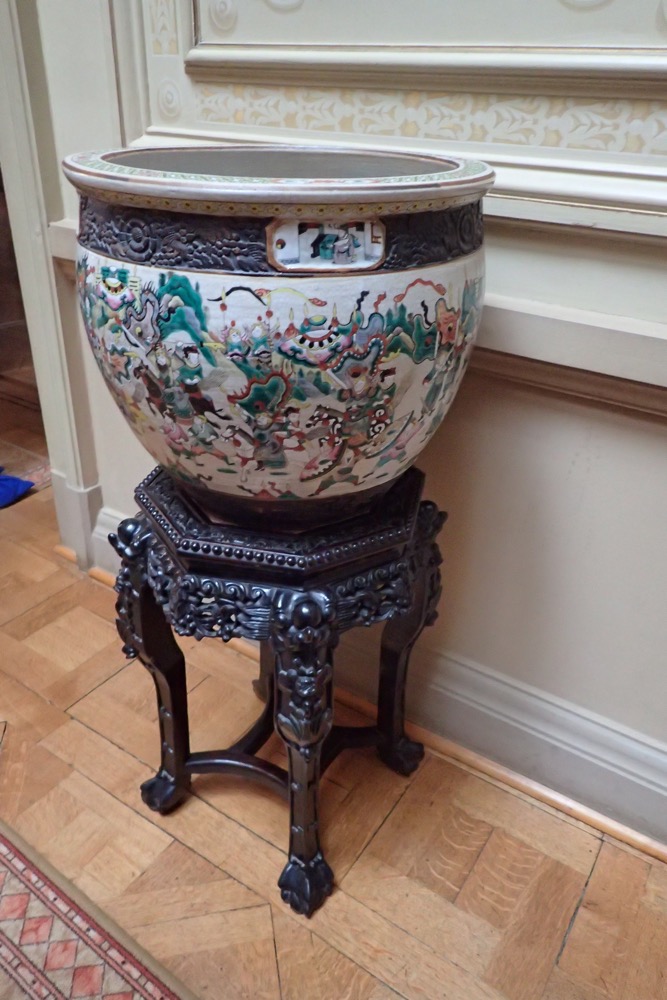
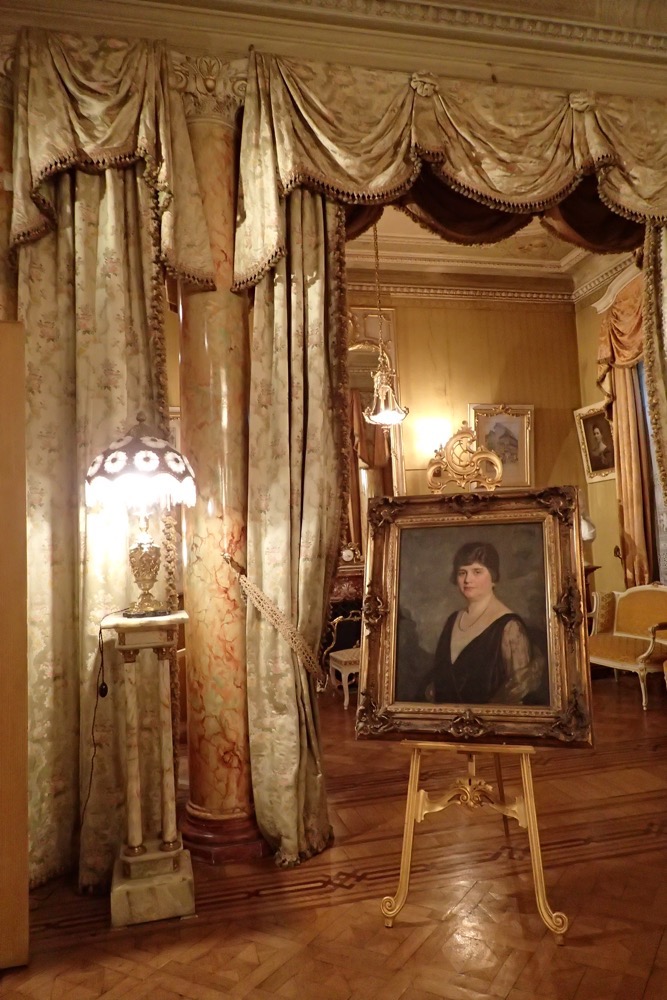
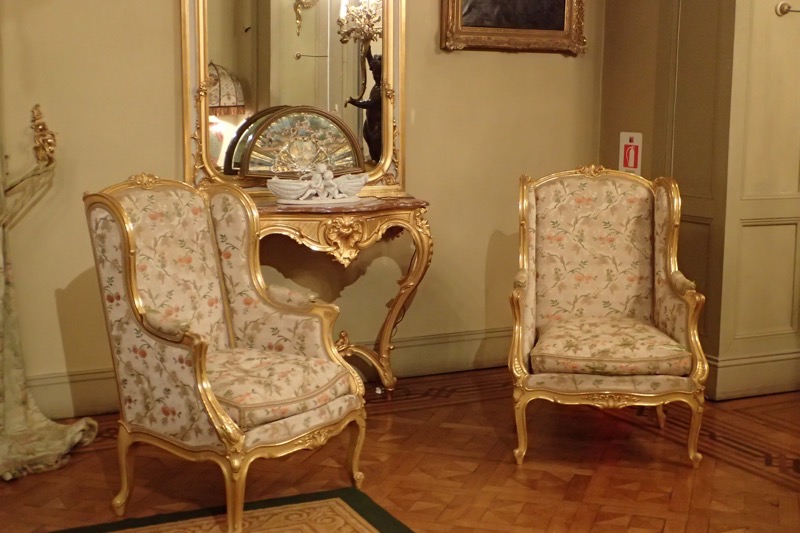
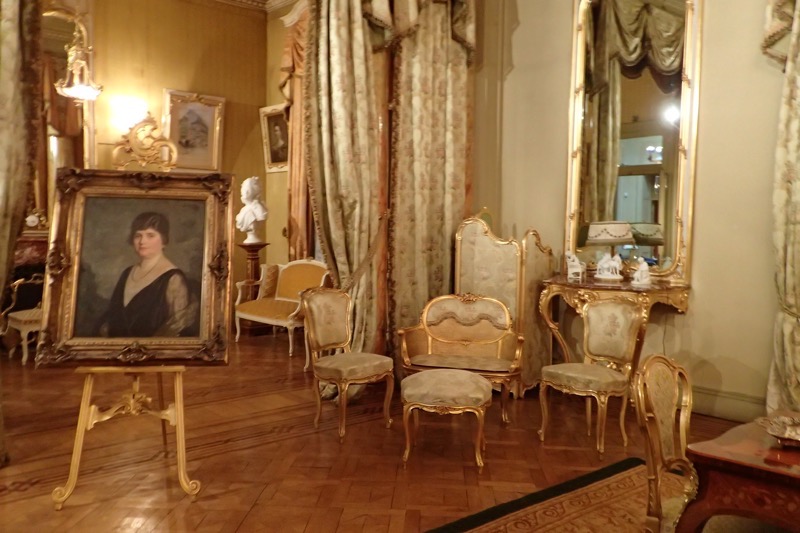
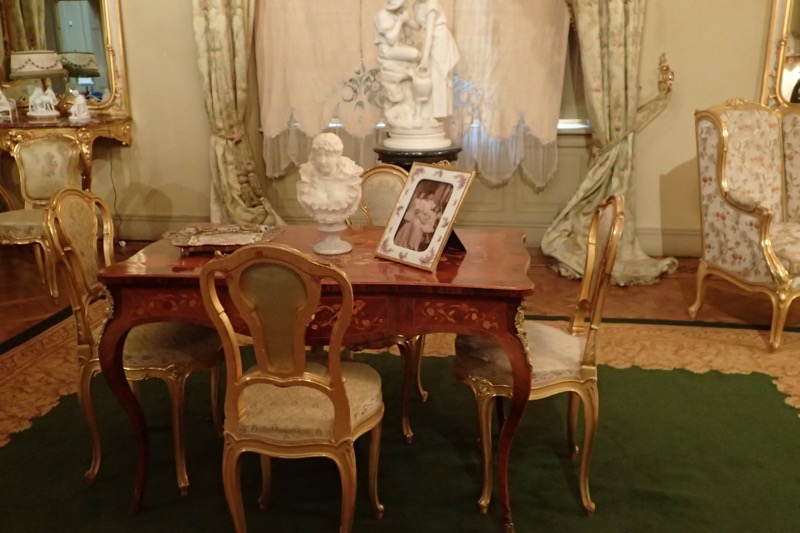
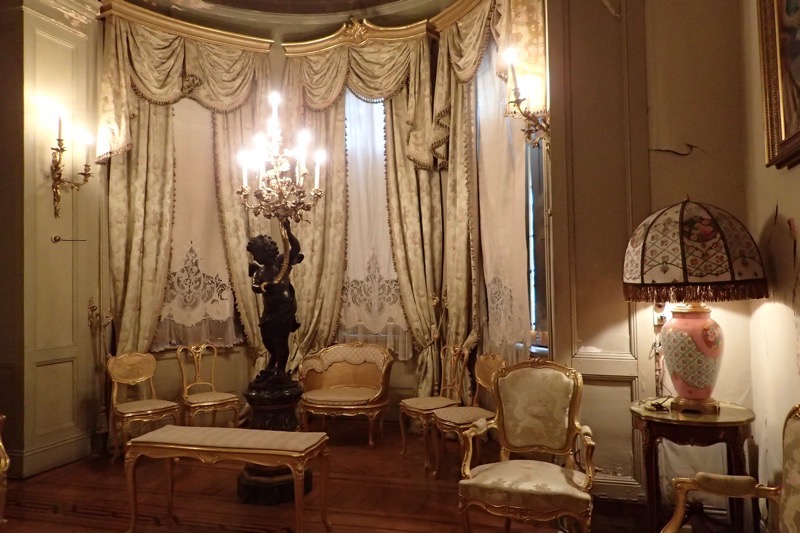
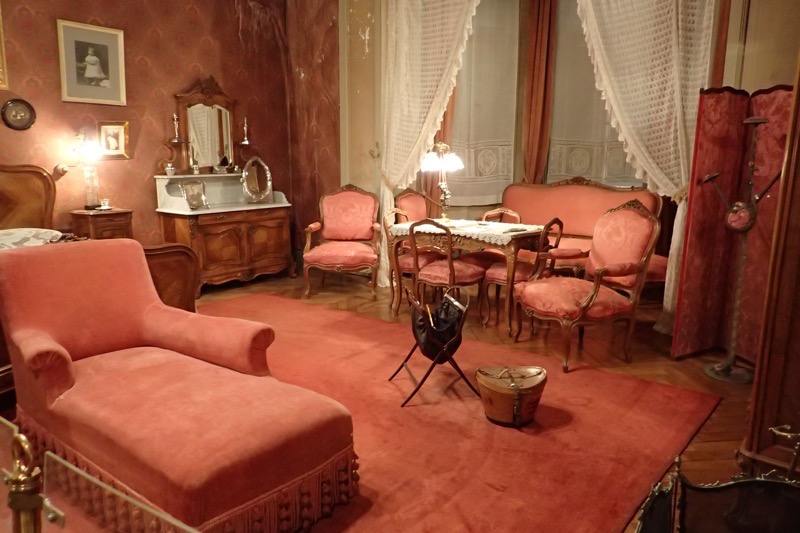
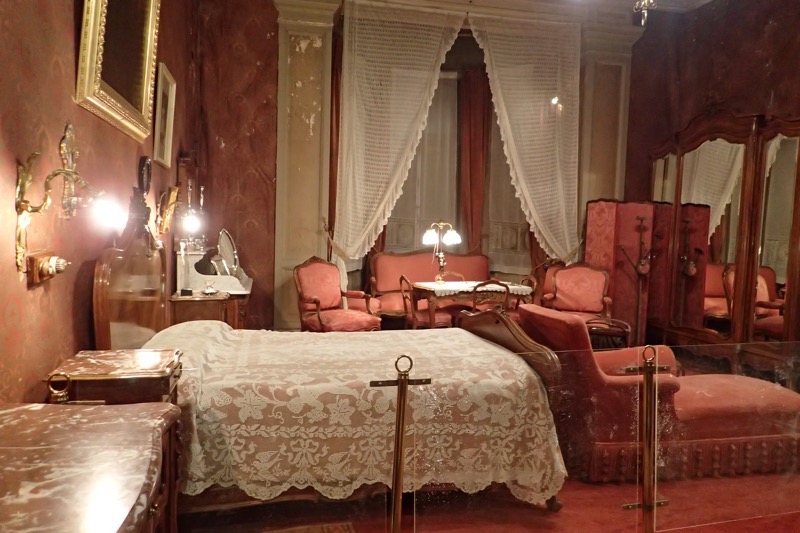
Equally interesting were the basements under the house, which showcased the conditions of the ‘downstairs’ staff – the kitchen, the staff quarters, the staff bathrooms, and a large cellar/storage area is very well kept below the house proper. It was all in such beautiful condition (with the exception of some water damage in the main bedroom), like a little slice of history frozen in time.
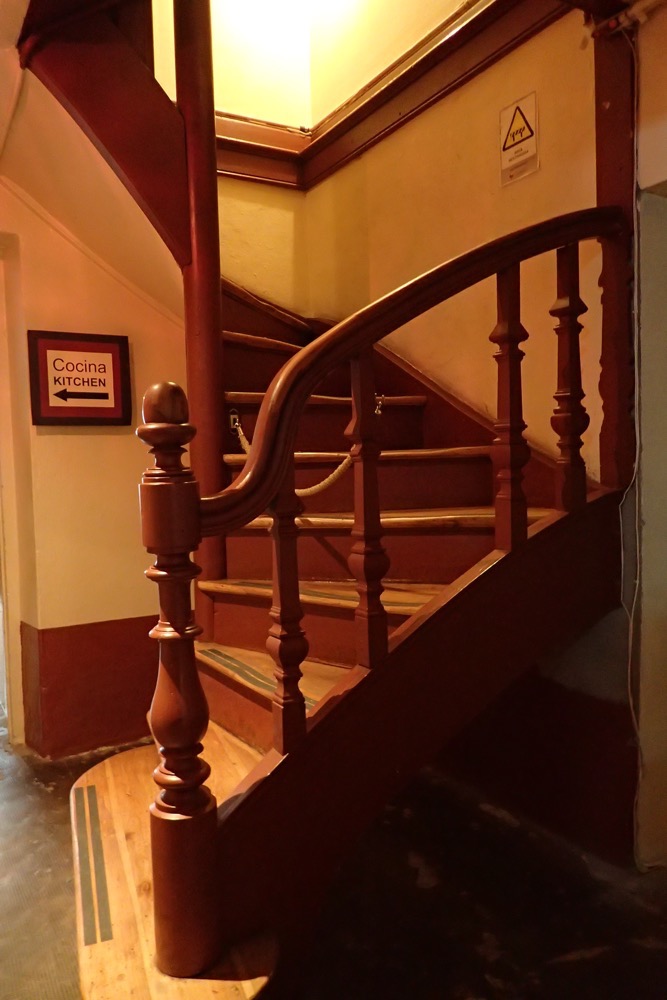
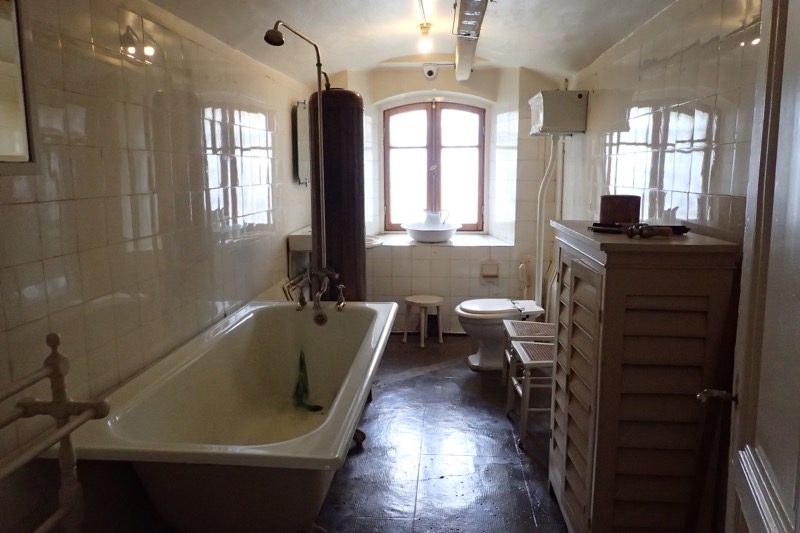
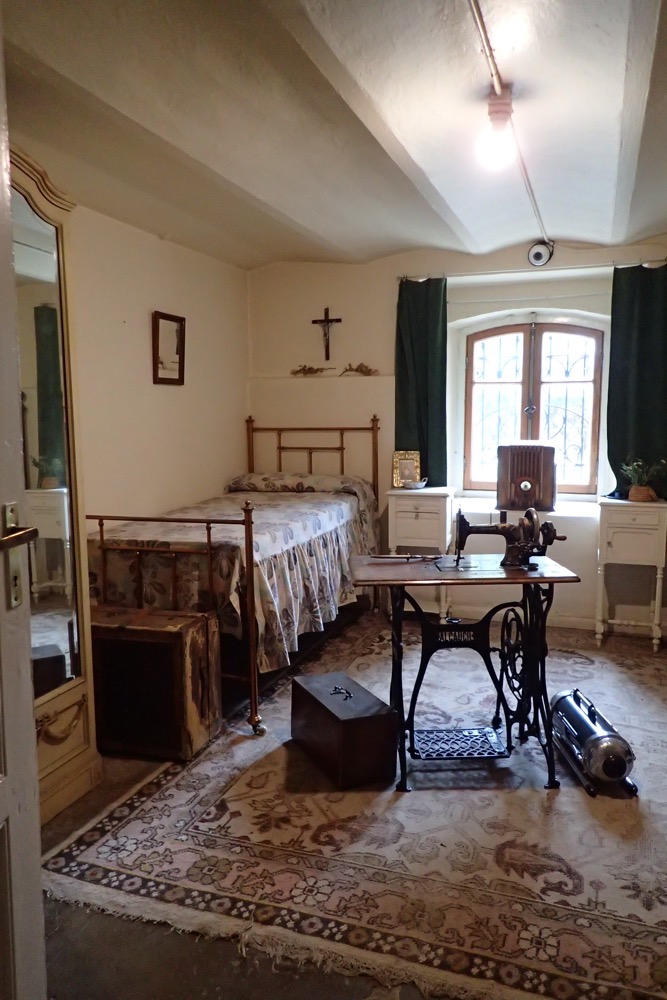
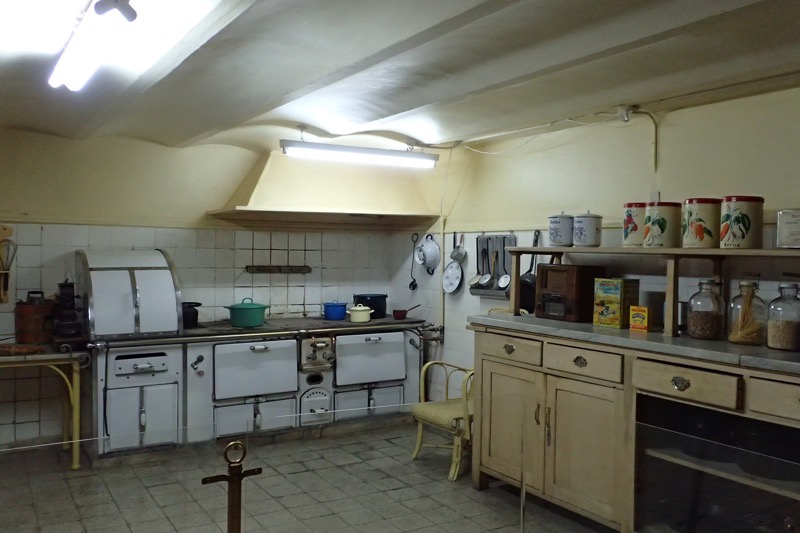
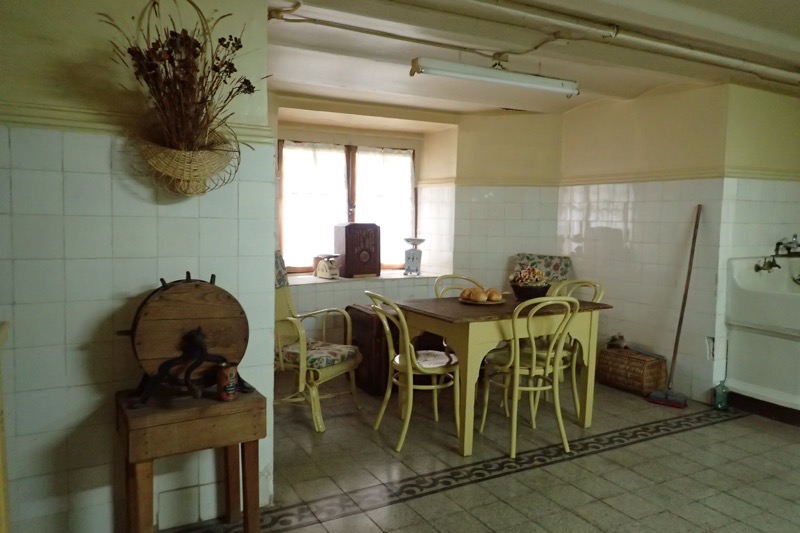
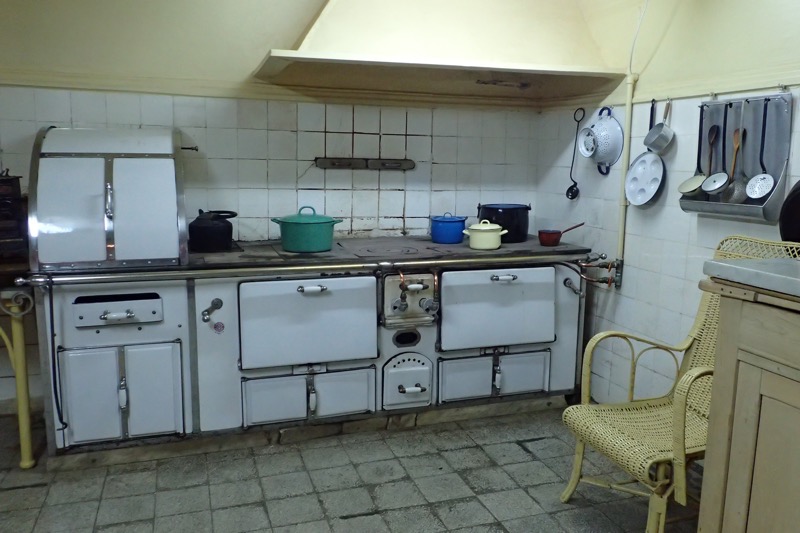
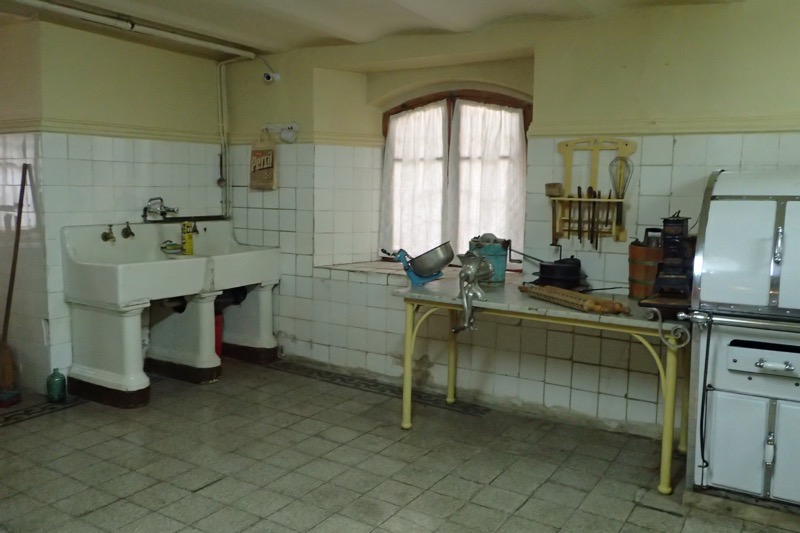
Punta Arenas has only 130,000 in habitants and it is a vibrant city full of Spanish, Swiss, French, English, Italians, Germans, Greeks, Croats and so many other immigrants. Together with the original inhabitants, today it makes up a vital and widely multicultural community that is very open to the world – very welcoming and safe for tourists with plenty to offer. I’d love to come back an explore the region some more one day.

Thank you for this! When we went around South America from Fort Lauderdale to Los Angeles in 2014, we chose not to go onboard the tenders to this port as the conditions were very rough. Lovely to see what we missed.